In today’s digital world, online audiences expect a variety of high-quality and coherent content from brands. Quality content can have significant impacts on audience
decision-making in comparison to other techniques. This means that marketers must make it a top priority! When devising your brand’s content marketing strategy, there are several factors to consider. Effective content must convey a consistent voice, style, and message across all channels. This message can be vital for increasing strong leads, create conversions, and improve audience retention through establishing trust.
For those of you who wish to create an effective content marketing strategy but are struggling, we want to discuss how the
Content Marketing Matrix (CMM) has got you covered! The CMM is a useful framework designed originally by ‘Smart Insights’ and is pictured below.
The matrix aids marketers in planning their content to best suit their audience. This allows brands to share content that will help reach their goals, through tailoring content to the
customer journey. With the wide range of content marketers can share, it’s not enough to only educate customers about your brand. You must also share content that
entertains,
inspires, and
convinces your audience to follow your brand over your competitors.
From awareness to purchase
The Content Marketing Matrix outlines how you must
modify your content depending on your goal. Is your aim to acquire new customers or retain existing ones? The horizontal axis on the CMM begins by making customers aware of your brand. It finishes with customers who are at the purchase stage of their journey. You must then question if customers in a particular stage would prefer emotional or rational account. The matrix then recommends a handful of content types to suit your strategy.
According to the CMM, the content has four primary purposes: to entertain, educate, inspire, and convince. It’s now time to look at these functions in more depth, to decipher what type of content best suits each category.
1. Entertaining content
If you’re reaching out to
new customers, you want to make them
aware of your brand. Fewer customers are likely to engage with your brand if you share uninteresting content that does not stand out. The matrix, therefore, recommends publishing content that entertains new customers to instantly grab their attention. This encourages them to look further into your brand. At this early stage in the customer journey, engaging with a new audience’s
emotional side can be highly effective.
As the CMM illustrates, viral content, quizzes, branded videos, competitions, games, articles, and eBooks should be considered at this stage.
Molly-Mae Hague’s Instagram giveaway is an example of how competition can be beneficial for brand awareness. Her giveaway increased her Instagram following by 210k and her YouTube subscribers by 270k. The giveaway also featured a lengthy caption that highlighted her gratitude, playing on the emotional side of her target audience. This shows the significant impact effective content can have for customer acquisition.
2. Educational content
Providing educational content is your chance to share your knowledge. At the early stages of the customer journey, your target audience wants to see your
brand’s growth. Share appropriate and
thought-provoking content to grip new customers instantly. Content that is more rational as opposed to emotional will help new customers feel knowledgeable about a specific topic.
Content such as infographics, articles, eBooks, guides, press releases, and trend reports are great forms of rational, educational content. We think that infographics can be useful at this stage of the journey, as they educate your audience without selling your brand too forcefully. You can also create visually appealing infographics that convey a particular message and link to your branding.
3. Inspiring content
Now that you have provided your audience with entertaining and educational content, the next step is to inspire them! Inspiring your current audience will make them more likely to stay engaged with your brand. This could be through having a community forum or sharing positive reviews, ratings, or celebrity endorsements. These forms of content will allow
two-way communication with your audience, allowing more interaction. It can be difficult to convince new customers to trust your brand. However, through seeing positive reviews from like-minded individuals or through celebrities, it can have a significant impact on their decision-making.
4. Convincing content
Towards the end of the customer journey, your audience has a better idea of what your brand entails. You’re now ready to share content that will generate strong leads by offering compelling content, supporting your brand message, and showing what your audience has learned up to this point. Product features, interactive demos, pricing guides, calculations, checklists, webinars, and case studies lend themselves well to this stage of the journey.
We think case studies are a great way to
convince your audience and establish
trust. For example, if your brand has recently collaborated with another brand, approach this other brand to establish what went well during the collaboration. Why did they like working with you? And, would they work with you again? If you receive positive feedback, summarise their comments in a case study. This case study could then be posted on your website and shared on your social media. If your audience reads this, they are more likely to trust you due to others speaking highly of you. This is just one example, so get creative and think of other ways you can convince your audience!
To sum up
On a final note, you may have noticed that some of the content in the Content Marketing Matrix overlaps into different categories. This is because certain
content can be used for multiple purposes, so it is essential to look at the buyer persona and see what their needs are at that specific point in time.
Finally, due to the many types of content, it can be overwhelming to decide what content to share and when. It is pointless posting a variety of content that you haven’t thought through and has little purpose. Use the CMM to really think about where your target persona is at in their journey, and adjust the content accordingly.
Written by Emily Ralphs





